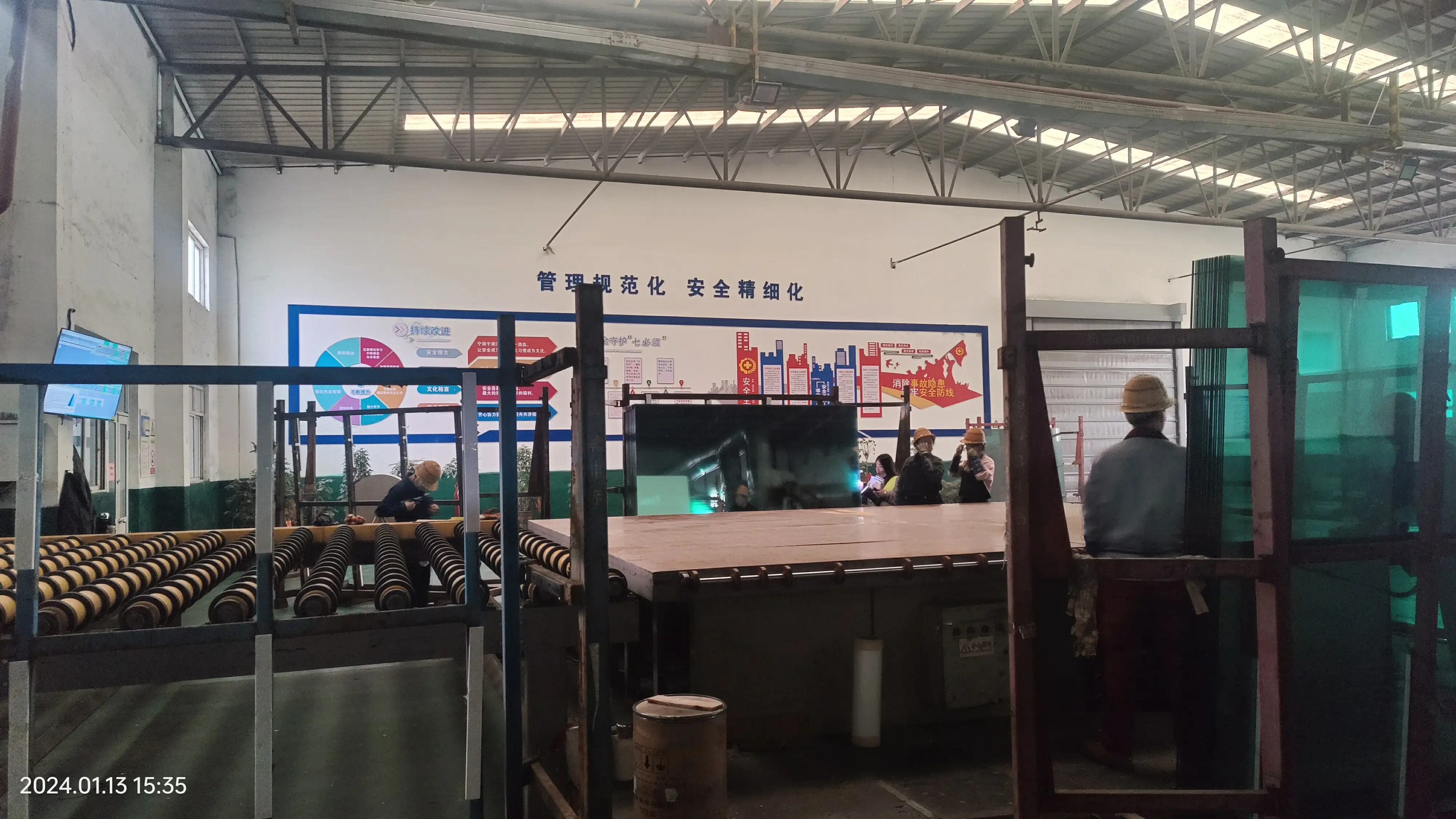

The Allure of Blue Float Glass A Modern Architectural Marvel
In the realm of modern architecture and interior design, materials play a pivotal role in shaping aesthetics, functionality, and overall ambience. Among these materials, blue float glass has emerged as a beloved choice among architects and designers, captivating the imagination of many with its unique characteristics and versatility.
What Is Blue Float Glass?
Float glass is a type of flat glass that is produced by floating molten glass on top of molten tin. This manufacturing process results in a smooth, even surface that is ideal for a variety of applications. When tinted blue, the glass not only maintains this smooth surface but also acquires a striking clarity that enhances visual appeal. The blue hue can vary from light azure to deep cobalt, offering a range of choices that cater to different design preferences and styles.
The Aesthetic Appeal of Blue Float Glass
The color blue has long been associated with calmness, serenity, and depth. As such, blue float glass brings a sense of tranquility to any space, be it a residential area, commercial establishment, or public building. Its ability to reflect and refract light beautifully creates an ethereal atmosphere, making spaces feel more open and inviting. Blue float glass can be used in windows, façades, glass walls, and decorative elements, allowing designers to play with light and color in innovative ways.
Moreover, blue float glass can complement various architectural styles, from sleek contemporary designs to more traditional settings. Its versatility allows it to blend harmoniously with other materials such as wood, metal, and stone, creating a balanced aesthetic that resonates with both function and form.
Functional Benefits

In addition to its visual allure, blue float glass offers several functional advantages
. One of the primary benefits is its ability to control solar heat gain. The blue tint can help reduce glare and heat from sunlight, enhancing the comfort of indoor spaces while minimizing reliance on air conditioning systems. This energy-efficient characteristic makes it an excellent choice for eco-conscious architects and builders.Blue float glass also provides an element of privacy without sacrificing natural light. It can obscure views from the outside while still allowing sufficient daylight to illuminate the interior, which is particularly valuable in urban environments where buildings are closely situated. This balance of privacy and openness makes blue float glass a popular choice for office buildings, residential complexes, and public institutions.
Applications of Blue Float Glass
The applications of blue float glass are vast and varied. In residential architecture, it can be seen in expansive windows and sliding doors that create a seamless transition between indoor and outdoor spaces. Retail environments often utilize large blue glass façades to attract customers, providing an eye-catching display that can highlight merchandise beautifully.
In public spaces, such as schools and hospitals, blue float glass can contribute to a calming environment, reducing stress for students and patients alike. The use of large glass panels in these settings can enhance natural light, creating a healthier and more uplifting atmosphere.
Conclusion A Choice for the Future
As urban areas continue to grow and evolve, the demand for aesthetically pleasing and functional materials will only increase. Blue float glass stands out as a material that meets these demands, marrying stunning design with practical benefits. Its serene color, energy efficiency, and versatility make it a standout choice for architects and designers seeking to create spaces that are not only beautiful but also conducive to modern living.
As we continue to innovate in architecture and design, blue float glass symbolizes a harmonious blend of art and science, paving the way for a bright future in the built environment. Whether used in a skyline-dominating skyscraper or a cozy home, blue float glass reflects our desire for beauty, comfort, and sustainability in the spaces we inhabit.